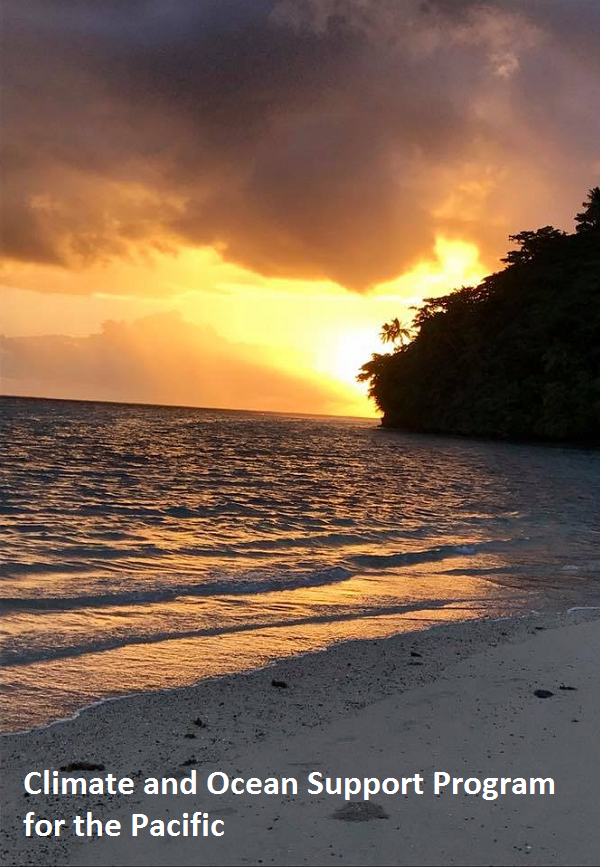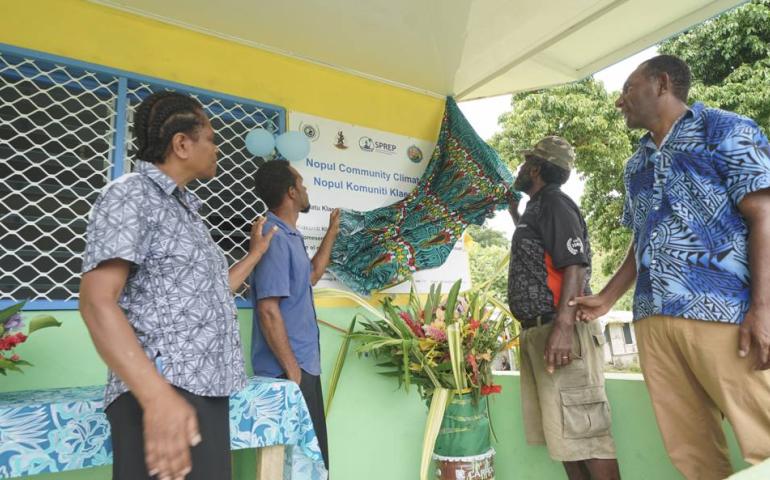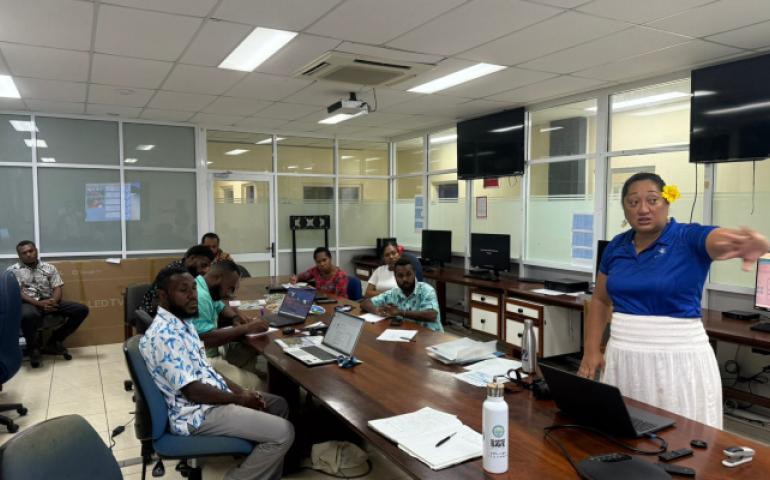Climate and Ocean Support Program for the Pacific (COSPPac)
The Australian Government is supporting Pacific Island countries to adapt to and mitigate the impacts of climate variability. A major part of Australia's assistance is the Climate and Oceans Support Program in the Pacific (COSPPac). COSPPac is funded by the Australian Government and implemented by the Bureau of Meteorology with some activities now transition to Secretariat of the Pacific Regional Environment Programme (SPREP) and Secretariat of the Pacific Community (SPC).
Our Aim
Our aim is to enhance the capacity of Pacific Islands to manage and mitigate the impacts of climate variability and tidal events. We work with stakeholders in the Islands to build tools that can forecast and report on climate, tides and the ocean. And work with them to determine how best to communicate this information to communities, businesses and Governments.
Partner Countries
We partner with fourteen Pacific Island countries: the Cook Islands, Federated States of Micronesia, Fiji, Kiribati, Marshall Islands, Niue, Nauru, Papua New Guinea, Palau, Samoa, Solomon Islands, Tonga, Tuvalu and Vanuatu.
Partner Organisations
COSPPac partners with many other agencies to deliver the Program: the Australian Government Department of Foreign Affairs and Trade, Bureau of Meteorology, Geoscience Australia, Secretariat of the Pacific Community (SPC) and Secretariat of the Pacific Regional Environment Programme (SPREP).
Products
We provide a number of products and services, including the Ocean Portal, SCOPIC, Online Climate Outlook Forum (OCOF), Water Storage Outlook Model, tidal information, sea level data, Malaria Early Warning System, Drought Monitoring and Response System, and our Climate Bulletin.
SCOPIC
SCOPIC is a statistical seasonal forecasting application for desktop computers, originally produced by the PI-CPP project. It is developed as part of DFAT funded project.
To provide the Pacific Islands National Meteorological Services with a forum to discuss observed rainfall, seasonal outlooks using both statistical and dynamical models and the terminology around providing this information to stakeholders. There is also a discussion on the current El Nino-Southern Oscillation and time for questions.
To provide the Pacific Islands National Meteorological Services (PI-NMS) with concise information on the current state of the Pacific climate, including ENSO, and rainfall outlooks for the coming season using both statistical and dynamical models. Currently the 'Monthly Climate Bulletin' is presented in two forms: a website and PDF version. The content is the same. The PDF version is emailed to the PI-NMS and other interested persons.
Red Cross Alert Bulletin
To provide the Pacific Red Cross Regional Branch condensed Pacific Islands seasonal rainfall outlooks and meteorological drought status information on a monthly basis for disaster risk reduction. Local Red Cross agencies are encouraged to contact the relevant Pacific Islands National Meteorological Services for further information.
Consult the national Red Cross Societies and National Meteorological Services for specific Red Cross Alert Bulletin.
Pacific Island communities have a long history of coping with extreme events and climate variability by reading the signs in their natural environment. By combining this traditional knowledge with conventional scientific forecasts we aim to produce a valuable forecast product for improved decision making, risk management and disaster prevention.




